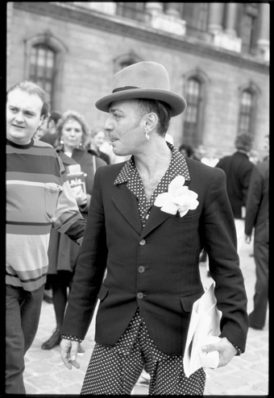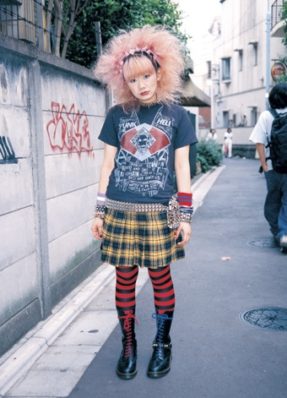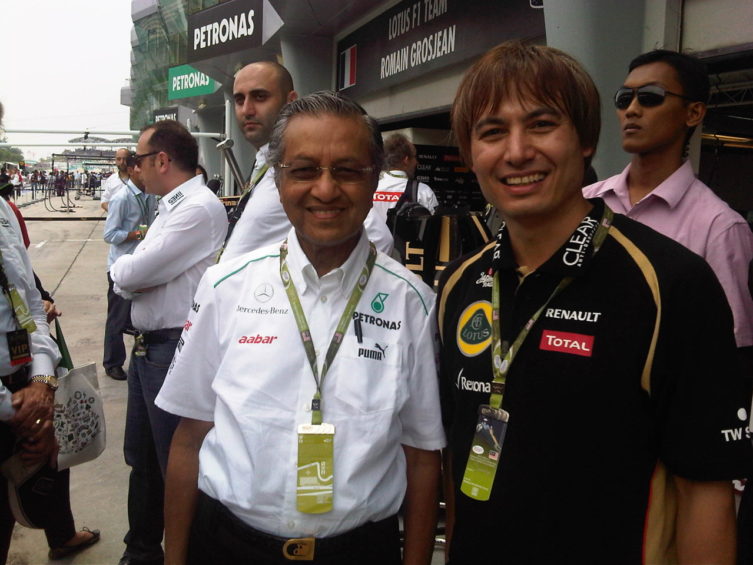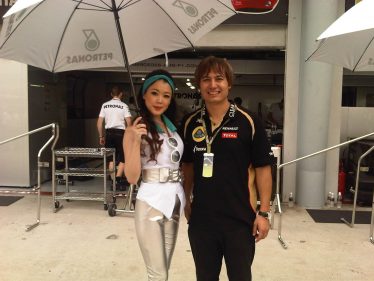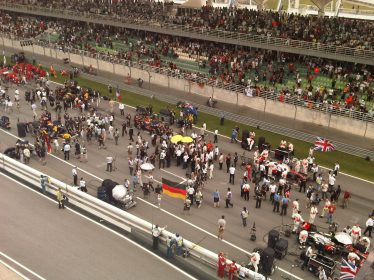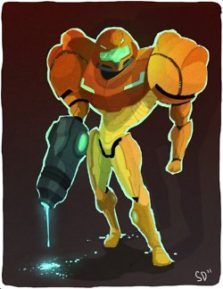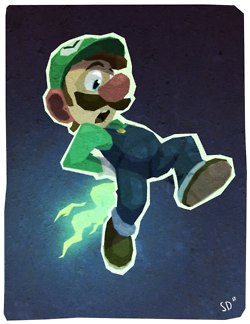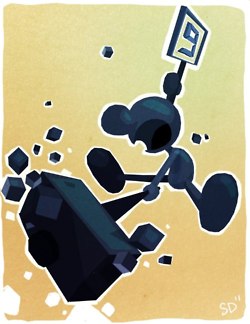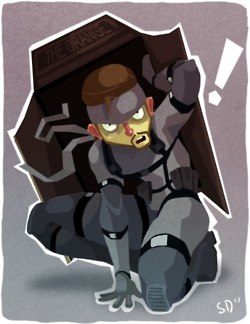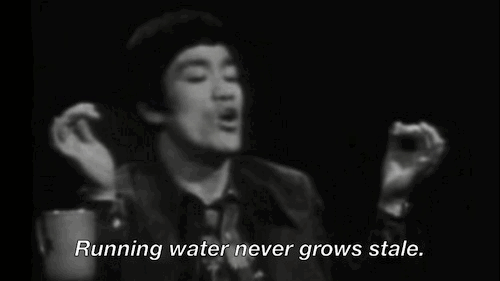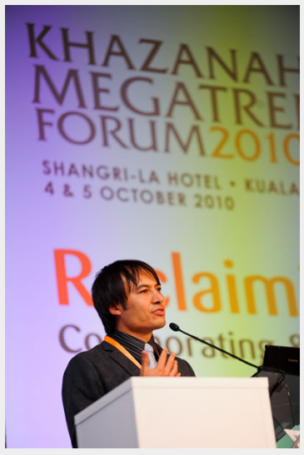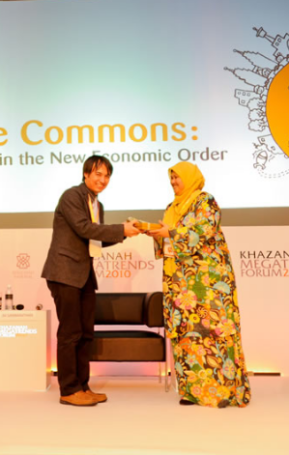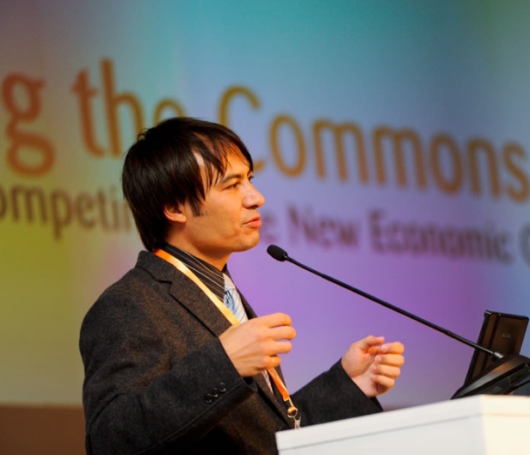Following last week’s post on global street-style bloggers, I wanted to check in with Shoichi Aoki, who began photographing street styles in the nineteen-eighties. The Japanese photographer has created three magazines on the subject: Street features London street style and street snaps at Paris and New York Fashion Week; Fruits focusses on street snaps of girls from Harajuku, Tokyo; and Tune collects snaps of Harajuku’s boys. He’s also published two books.
– On our Photo Booth blog, a slide show of more of Aoki’s work and a brief Q. & A.: http://nyr.kr/HbhugY
Talking to Dr. Mahathir Mohamad at Malaysia F1 Grand Prix
I had the pleasure of being invited invited to Malaysia by the Malaysian government investment arm and part of the visit was attending the Malaysian F1 Grand Prix. At the F1 I met Malaysia’s modern founder and Prime Minister for many years, Dr. Mahathir Mohamad. I found Dr. Mahathir to be a most pleasant and gentle man. I could feel he had a deep and solid thinking.
I was introduced to Dr. Mahathir as the person who “invented chicken hugging on the internet” (related to my previous work Poultry Internet). Dr Dr. Mahathir actually asked me about poultry internet, and I was happy to explain. I guess it was the first and maybe the only time he would talk about internet chicken hugging.
As I watched the F1 it actually came to my mind that Dr. Mahathir basically made all this happen, he modernized the whole country. But I am also very impressed that he let the country go into basically full democracy. Malaysia reformed into an open democracy with the people free to express their voices.
I had the pleasure to enjoy the F1 in Malaysia close up, but what I left with was a more deep impression, I felt free to be myself in Malaysia, it is a open and free society.
Analog Books are Best!

One of my last analog hold-outs in the digital age is books. I tried using an e-reader, however although it is convenient to carry many books, I feel there are still many advantages in analog books. Some of my reasons are:
1. I simply like the look and feel of a hard copy book
2. I can carry it anywhere, and dump it in my bag without any worry
3. I can read it during take off and landing (which for me has been a significant part of my life)
4. I can visually see how many books I have and how many unread books I own. (This is useful for me as I am a book addict, I can physically see on my book shelf that there are a few hundred books unread which I want to catch up, so I should halt buying more books on Amazon). With my e-reader I could store a thousand books, and basically it is lost in the virtual world. Physically I can relate to the amount of book media I have, much better.
5. Related to (4) I do not need to carry a thousand books with me, in fact I find it stressful when presented with so many choices of what to read on my e-reader.
The only part of books which I probably will convert to digital would be text-books. However I think more importantly text books are becoming irrelevant. I can find almost all information on line these days so I rarely look at text books and I hardly recommend text books to my students these days either
The Book of the Future
PHD Comics: How Grad School is just like Kindergarten
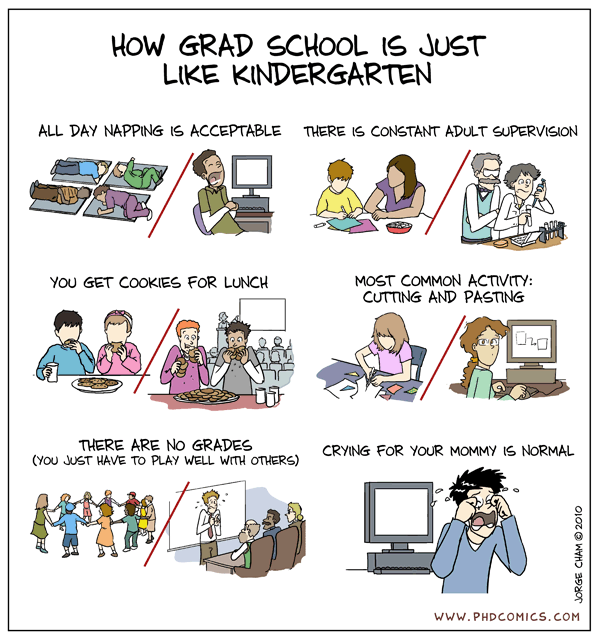
Super cool post modern paintings of Super Mario and other game characters
Great shot kid, that was one in a million
Great words from the legendary Bruce Lee
Time management techniques

I often find time management techniques not so relevant for my academic life. I suspected that time management techniques written for standard professionals might be different than for those who have creative or academic work lives. This article describes work patterns and categorises them in four quadrants – social, private, recharge, and get “sh-t” done. If one replaces “sales” with “grant” then I think it describes well academic work.


